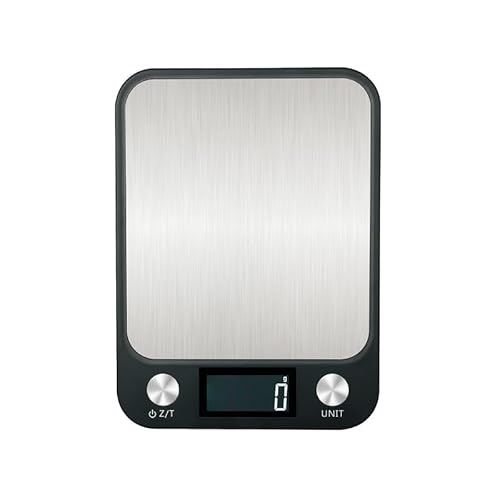Well for anyone interested in making this here's my experience. I came to SMF because I was looking to make this soap in particular. I was not (then) making soap but was making Moroccan Tadelakt plaster and you use this soap to cure the plaster. It's super expensive to buy so I thought I'd make my own. I found a recipe on the internet but it didn't match the ingredients on the product I was buying so with the help of members here and soap calc I mangled a recipe together. According to Pilar what I made is not "real" Beldi because it didn't have the olive meat in it, so technically I made a Castille paste.
It is FANTASTIC but, just like Castile bar soap .. there is little lather, some people might call it slimy .. I think smooth or slick instead. I love the soap I made. My skin is very dry and prone to pimples but since using this soap I have not had one pimple and have stopped using moisturizers. It leaves my skin squeaky clean but not dry and no oily film in the bath tub. I also feel my skin tone has evened out and my normally tomato red face is more of a calm pink now!
I used 100% OO and KOH, water at 35%, superfatted at 8% and I did not cook mine to finish, I stopped at beginning gel and and let it cure in the airtight container the way it was suggested. It is technically a liquid soap due to the KOH but doesn't follow 1/2 the liquid soap rules. It didn't need to be neutralized, wasn't diluted with water to make liquid (although it could be), isn't cooked to finish (although it could be).
DeeAnna, both Pilar and Roberto's recipes have a LOT of water in them .. 50% or more?? I had to enter 25% lye to get numbers close. We also don't have black olive meat in our soap calc so I'm uncertain how that works into the recipe. Maybe you have some thoughts on that?
I am very excited to try Pilar's version with the olive meat in it. I plunked some numbers into soap calc and to get near her numbers I used 800 g of OO, superfat 3%, lye 25%. I'd love to hear your feedback on those numbers and how the meat fits in.
I think I'm finally getting close to the purist Beldi I came here to learn.












































